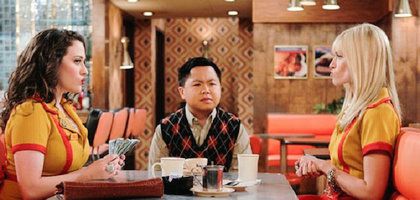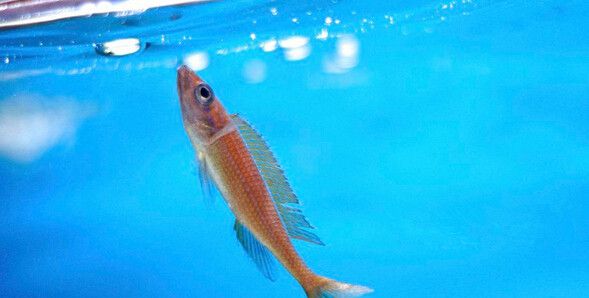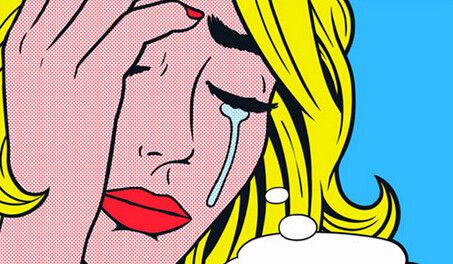延长浆果的保鲜时间
|
Strawberry lovers rejoice: the days of unpacking your luscious(甘美的) berries from the refrigerator only to find them sprouting(发芽) wispy(纤细的) goatees of mold may be numbered. A research team from the U.S. Department of Agriculture's (USDA) Food Components and Health Laboratory in Beltsville, Md., and Sensor Electronic Technology, Inc. (SETi) in Columbia, S.C., has demonstrated that low irradiance ultra-violet (UV) light directed at strawberries over long exposure periods at low temperature and very high humidity -- typical home refrigerator conditions -- delays spoilage. The team used a novel device incorporating light-emitting diodes (LEDs) that emit UV at wavelengths found in sunlight transmitted through Earth's atmosphere. The results, which will be presented next week at the Conference on Lasers and Electro-Optics (CLEO: 2013), are significant because previous attempts using traditional UV light sources for storage of produce resulted in severe drying, and it was unknown if the advantages of long exposure to low-level UV light would be effective against rot. LEDs are now commonplace thanks to their long life and energy efficiency, as well as their ability to span the wavelength range from near UV to infrared. The full UV spectrum, however, had presented challenges for LED manufacturers -- until recently. SETi developed a special technology to fabricate UV LEDs across the entire UV spectrum from UVA to UVC. This flexibility allowed them to tune the emitted light to the wavelengths most effective for this application. "UV-LEDs presented the opportunity to try low power devices that work well in the cold and can be engineered to work in small spaces such as refrigerator compartments," says lead USDA researcher Steven Britz, who will present the work at CLEO: 2013. |








